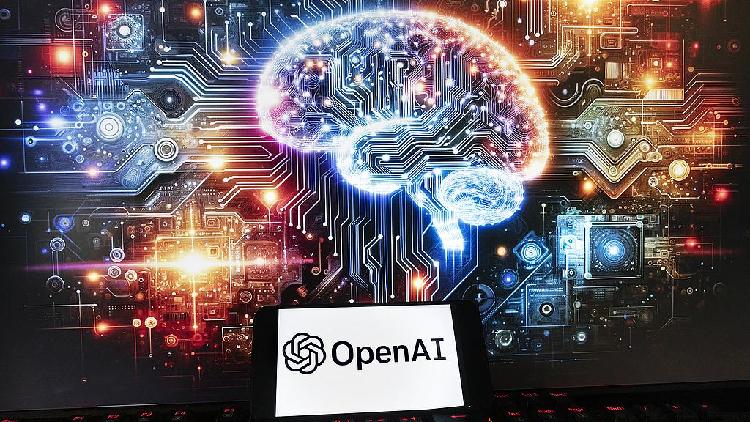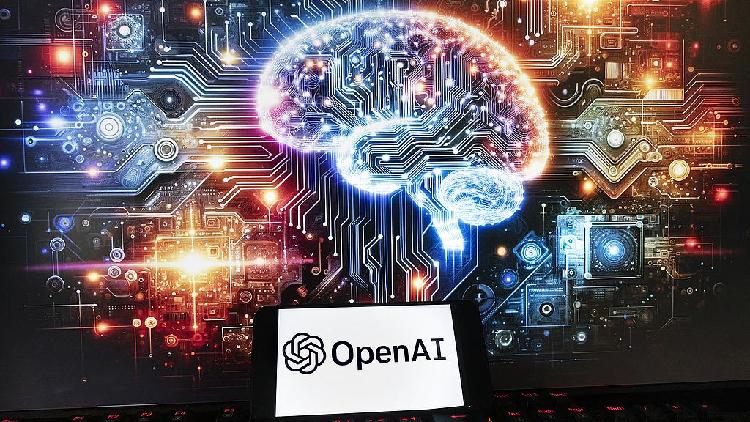OpenAI releases new 'reasoning' AI models


<img src='https://news.cgtn.com/news/2024-09-13/OpenAI-releases-new-reasoning-AI-models-1wR3079APPa/img/b14a3dc14c174d258451f334330f655f/b14a3dc14c174d258451f334330f655f.jpeg' alt='The OpenAI logo with an image generated by ChatGPT's Dall-E text-to-image model. /CFP'
ChatGPT creator OpenAI on Thursday released a new series of artificial intelligence (AI) models designed to spend more time thinking – in the hope that generative AI chatbots can provide more accurate and beneficial responses.
The new models, known as OpenAI o1-Preview, are designed to tackle complex tasks and solve more challenging problems in science, coding and mathematics than earlier models.
Unlike their predecessors, these models have been trained to refine their thinking processes, try different methods and recognize mistakes before they deploy a final answer.
OpenAI CEO Sam Altman hailed the models as “a new paradigm: AI that can do general-purpose complex reasoning.”
However, he cautioned that the technology “is still flawed, still limited, and it still seems more impressive on first use than it does after you spend more time with it.”
OpenAI’s push to improve “thinking” in its model is a response to the persistent problem of “hallucinations” in AI chatbots.
This refers to their tendency to generate persuasive but incorrect content that has somewhat cooled the excitement over ChatGPT-style AI features among business customers.
“We have noticed that this model hallucinates less,” OpenAI researcher Jerry Tworek told The Verge, but adding that “we can’t say we solved hallucinations.”
The Microsoft-backed company said that in tests, the models performed comparably to PhD students on difficult tasks in physics, chemistry and biology.
They also excelled in mathematics and coding, achieving an 83 percent success rate on a qualifying exam for the International Mathematics Olympiad, compared to 13 percent for GPT-4o, its most advanced general use model.
OpenAI said that the new reasoning capabilities could be used for healthcare researchers to annotate cell sequencing data, physicists to generate complex formulas, or computer developers to build and execute multistep designs.
(With input from AFP)

